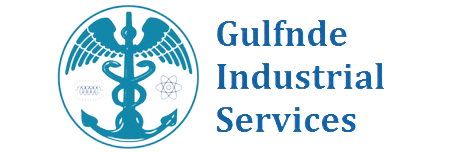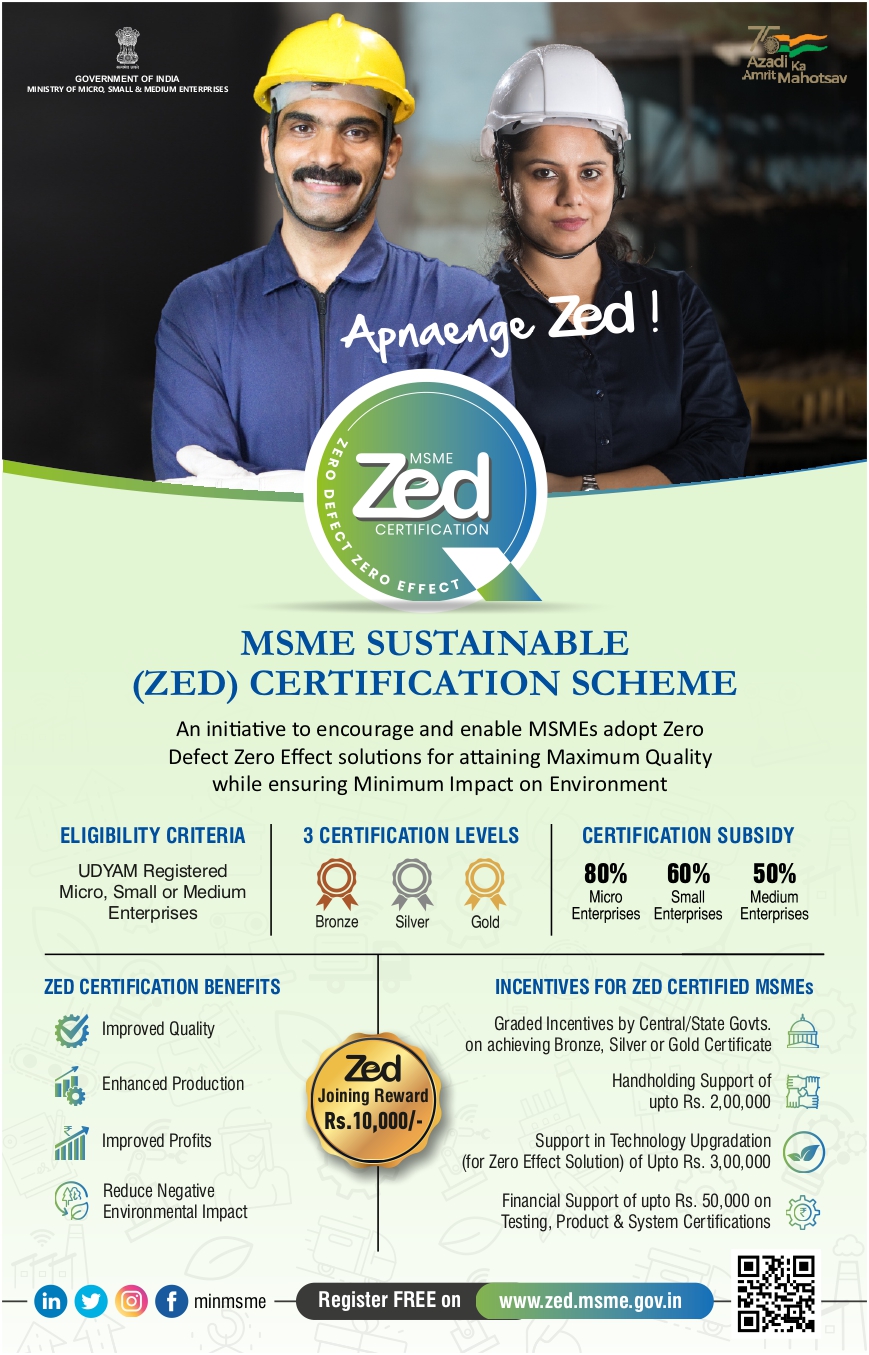ISO 9001:2015 is a standard for Quality Management Systems (QMS) that specifies requirements for an organization to establish, implement, maintain, and continually improve its quality management system. The standard focuses on customer satisfaction and requires organizations to demonstrate their ability to consistently provide products and services that meet customer and regulatory requirements.
Q:
What is ISO 9001:2015?
A:
ISO 9001:2015 is a standard for Quality Management Systems (QMS) that specifies
requirements for an organization to establish, implement, maintain, and
continually improve its quality management system.
Q:
What is the purpose of ISO 9001:2015?
A:
The purpose of ISO 9001:2015 is to provide a framework for organizations to
establish and maintain an effective quality management system that consistently
meets customer and regulatory requirements.
Q:
What are the benefits of ISO 9001:2015?
A:
The benefits of ISO 9001:2015 include improved customer satisfaction, increased
efficiency and productivity, better risk management, enhanced reputation, and
greater opportunities for business growth.
Q:
What are the key requirements of ISO 9001:2015?
A:
The key requirements of ISO 9001:2015 include a focus on customer satisfaction,
a process approach to quality management, leadership commitment, involvement of
people, continual improvement, and evidence-based decision making.
Q:
What is a quality management system?
A:
A quality management system (QMS) is a set of policies, processes, and
procedures that an organization uses to ensure that its products or services
meet customer and regulatory requirements and to continuously improve its
processes.
Q:
How does ISO 9001:2015 address risk management?
A:
ISO 9001:2015 requires organizations to identify and address risks and
opportunities related to their QMS, including those related to customer
satisfaction, product or service conformity, and organizational sustainability.
Q:
What is evidence-based decision making in ISO 9001:2015?
A:
Evidence-based decision making in ISO 9001:2015 involves the use of data and
information to make informed decisions about the performance of the quality
management system and to identify opportunities for improvement.
Q:
How does ISO 9001:2015 address continual improvement?
A:
ISO 9001:2015 requires organizations to continually improve their quality
management system through the use of a cycle of plan-do-check-act (PDCA), which
involves planning for improvement, implementing changes, evaluating their
effectiveness, and making further improvements.


